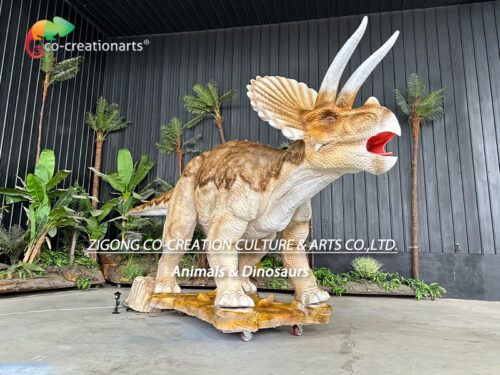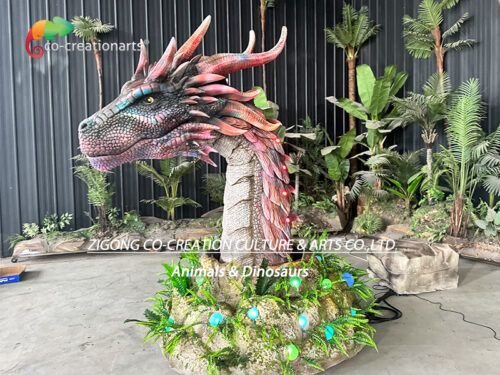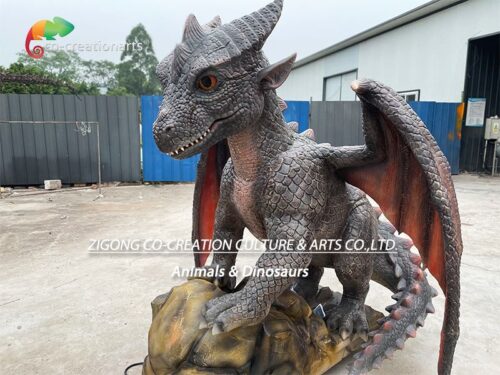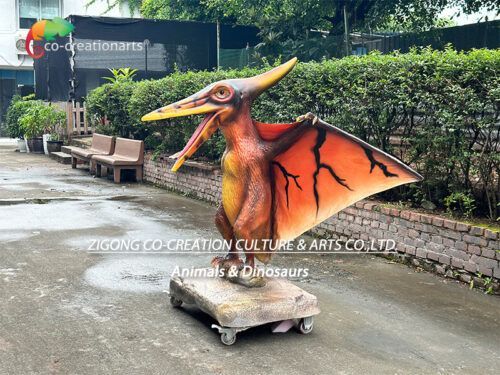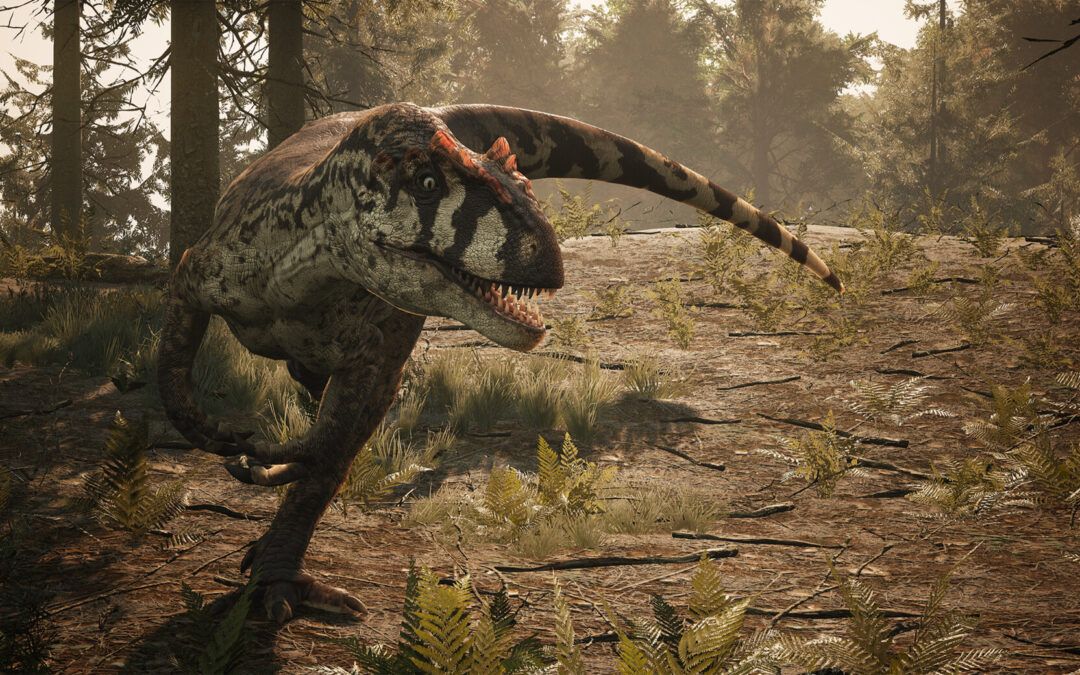
by artfty | Dec 5, 2022 | Paleontological Science
Allosaurus, whose name means “other reptile,” lived in western North America during the Late Jurassic period between 156 million and 145 million years ago. Its remains have been found in Colorado, Utah, Wyoming and Montana.
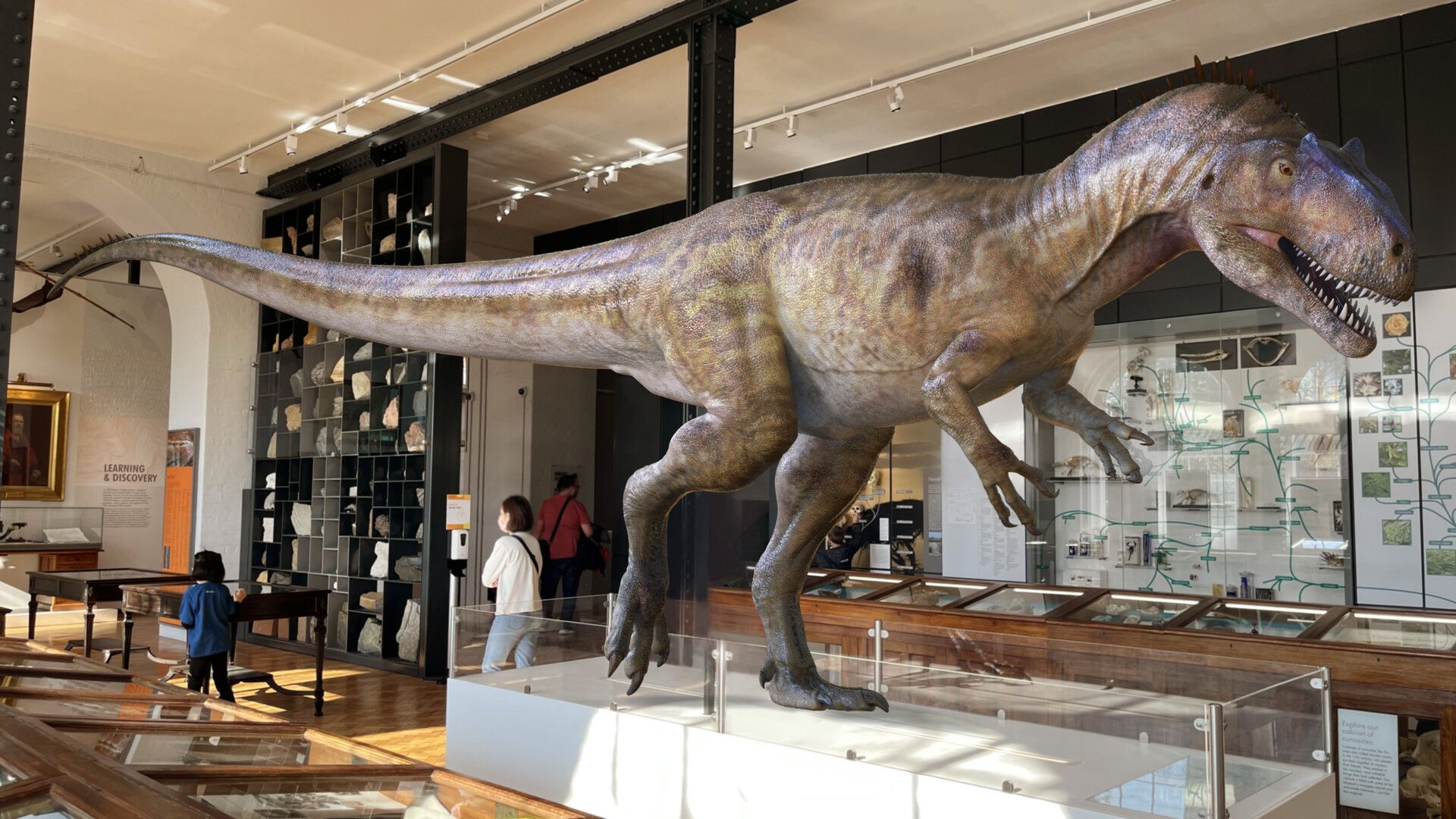
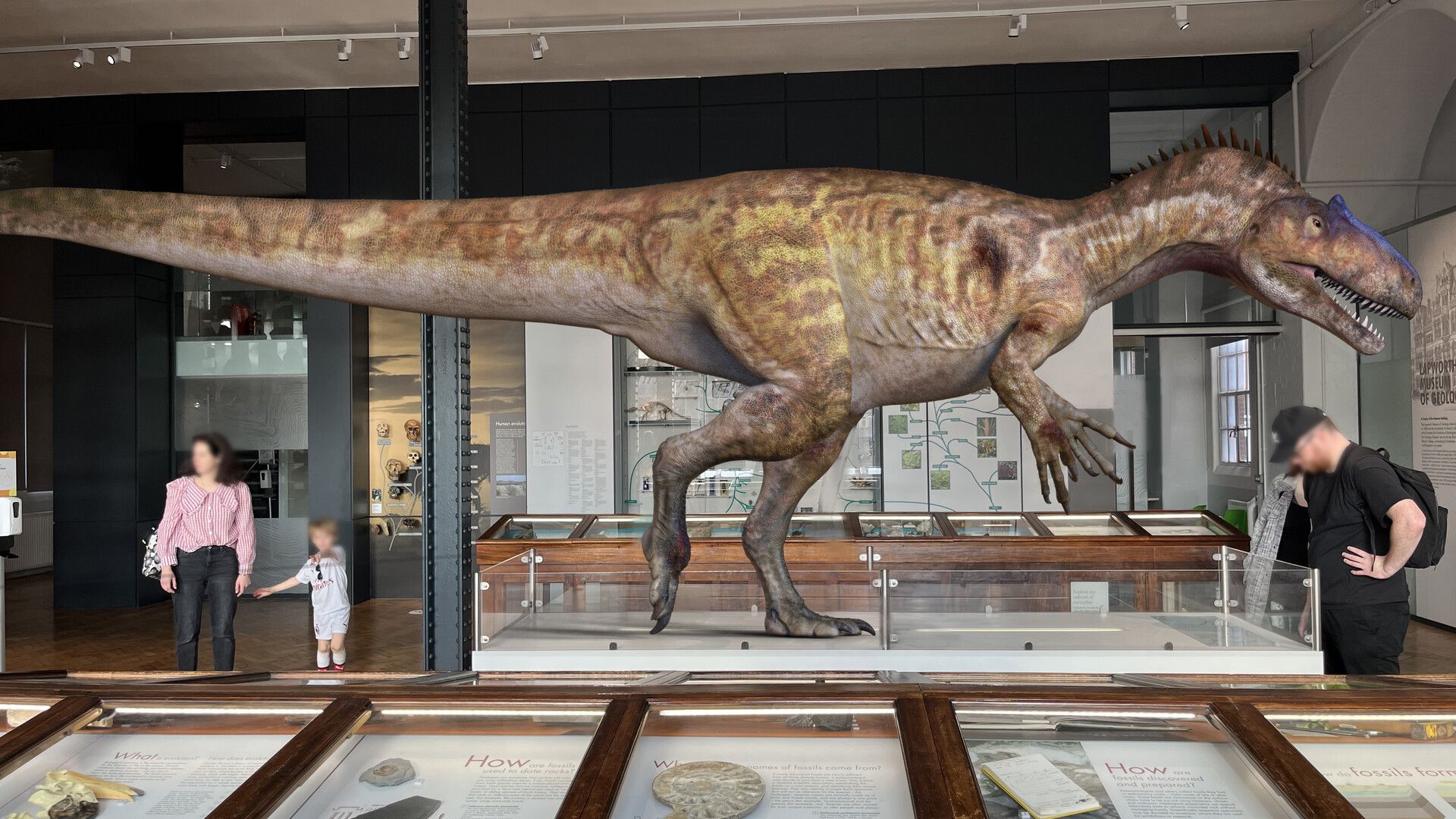
Dr. Larry D. Martin, senior curator of vertebrate paleontology at the University of Kansas Museum of Natural History: At that time, Allosaurus was unmatched in its ferocity. Allosaurus is really the first large carnivorous dinosaur ever found, and its skeleton is relatively intact. It was a Tyrannosaurus Rex before Tyrannosaurus Rex, both in terms of geologic time and when it was discovered.
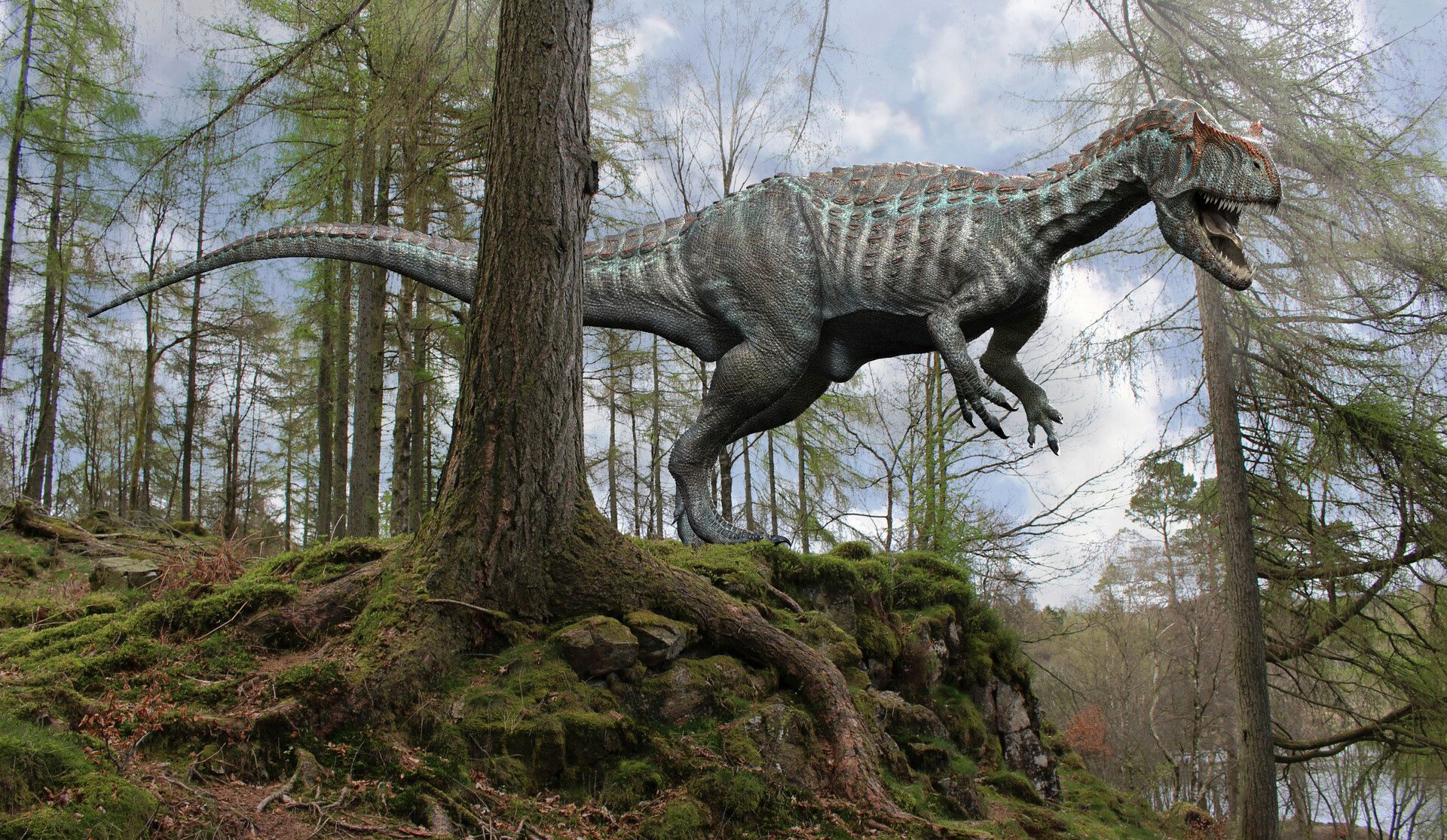
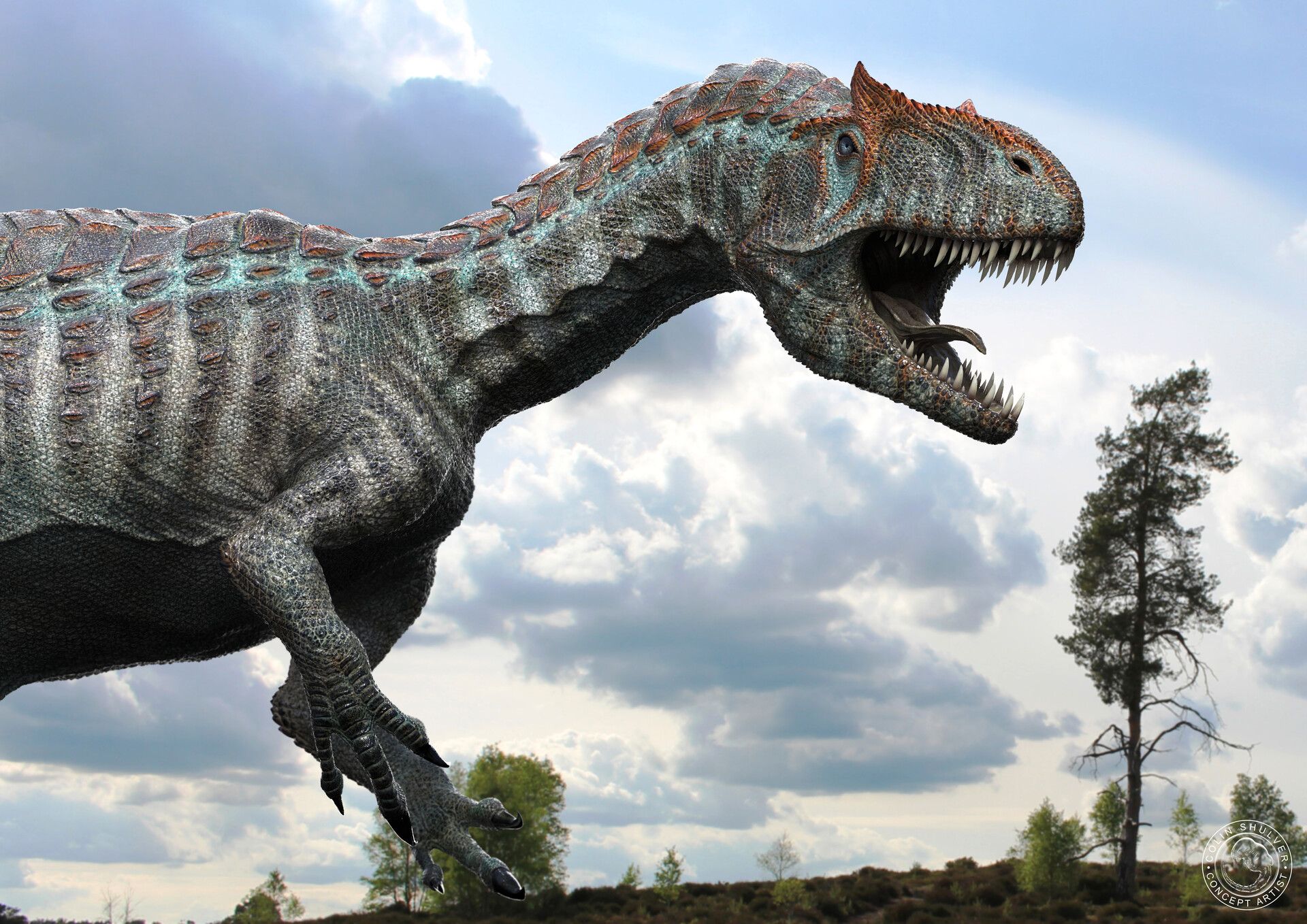
Dr. Thomas HOLTZ, VERTEBRate paleontOLOGIST, UNIVERSITY of Maryland: Allosaurus was very muscular and could hunt large herbivores, like the three-ton stegosaurus. Allosaurus was the top predator of its time, and it had a lot of very useful predatory qualities, powerful jaws, very sharp teeth. It had large claws on its forelimbs that were very effective at grabbing and tearing prey, so it had all the good qualities of a hunter in one.
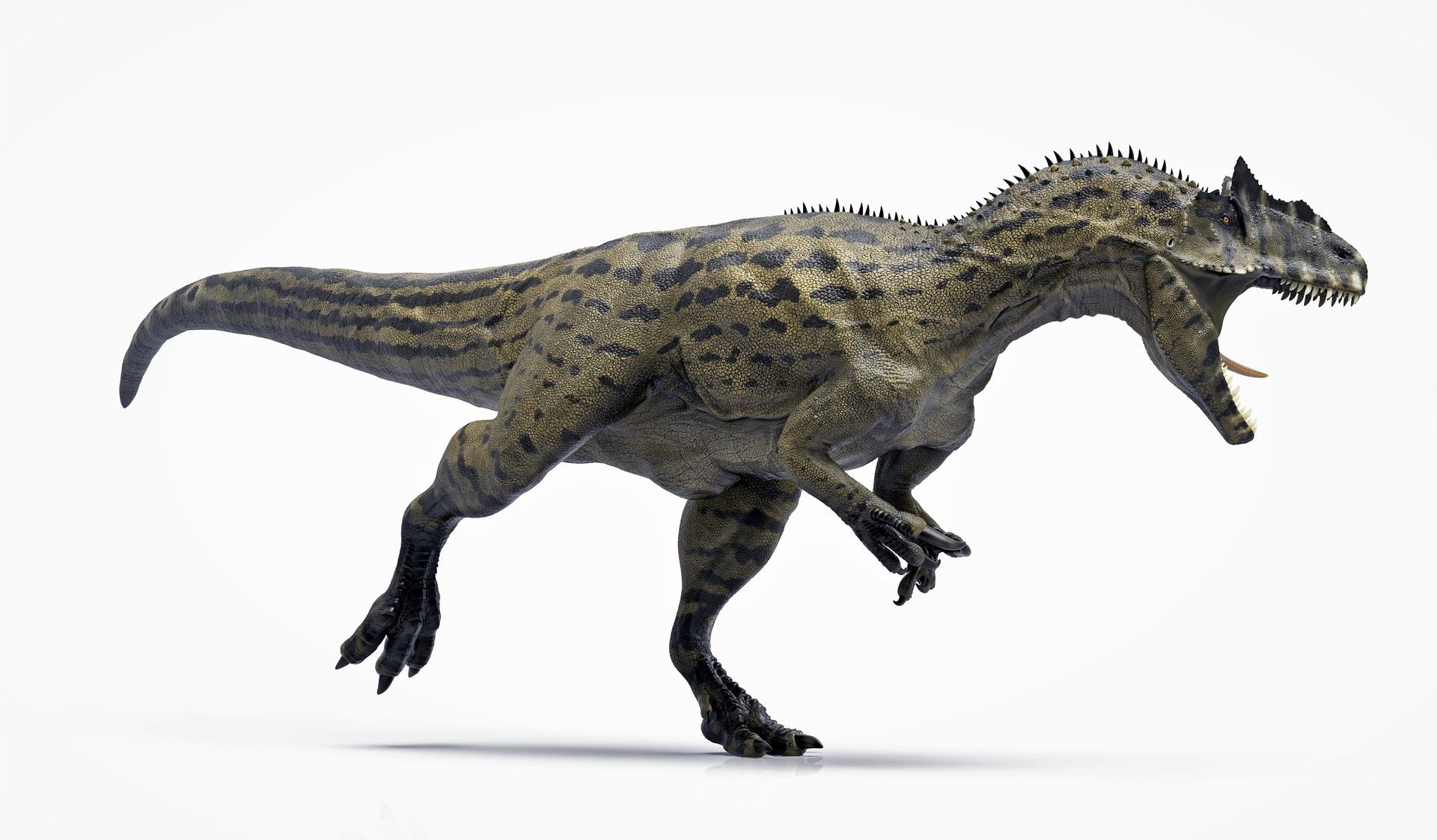
Allosaurus had the longest arms among the large predatory dinosaurs. Most predatory dinosaurs had short arms and were not very effective weapons. But Allosaurus was different. It had three huge claws on each of its forelimbs. You don’t have big claws to play the piano, you have big claws to rip the heads off.
Dr. Mark LOWEN, Research Associate at the Natural History Museum of Utah: I think the way to think about Allosaurus is that it’s a Wolf
Zoom it up to four tons, make it bipedal, replace it with long clawed arms like Edward Scissorhands, and then attach the head of an alligator to the carnivore.
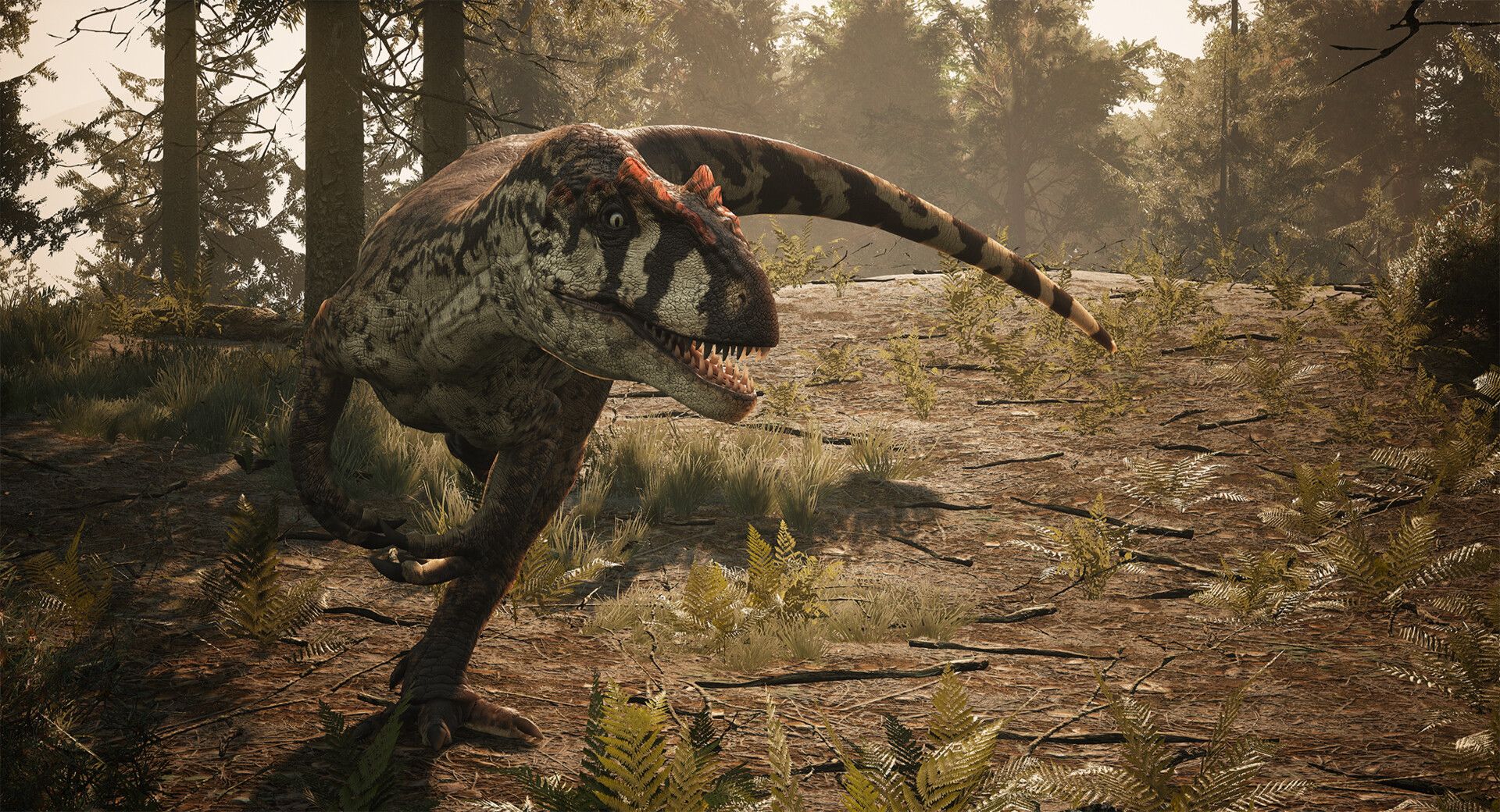
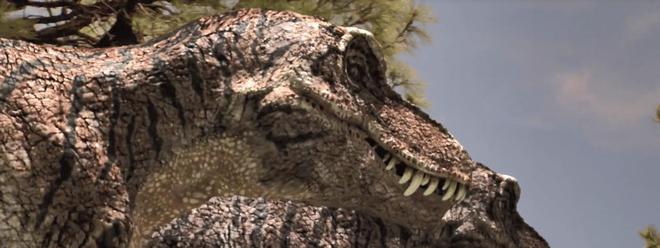
by artfty | Dec 4, 2022 | Paleontological Science
Dr. Lawrence M. WITMER, PROFESSOR OF ANATOMY AT Ohio UNIVERSITY: When the first intact Majungasaurus bone was found, one of the things that was obvious was this very complicated and rough looking bump on its head. We now know that many different dinosaurs, including many predatory dinosaurs, like Ceratosaurus, Allosaurus, and even some species of T-Rex, had various horn-like structures or projections on their heads.
Dr. Philip Curry, Professor of dinosaur Studies at the University of Alberta: I think that most of these theropod dinosaurs have display structures on their heads, and it probably has to do with the recognition mechanisms that these animals have, so that their potential male rivals can tell that there are other males pursuing their females, the ones they’re interested in or they can use it to tell the females that they’re the right age, that they’re interested in them.
These extreme features of Majungasaurus may also have something to do with its environment. If you have a small group of animals separated in a small area, then inbreeding between close relatives is inevitable, and over a long period of time and over many generations, we can see the variation caused by inbreeding.
In the case of Majungasaurus, we’ve found too few skeletons to be sure what the species looked like in general? But we can certainly speculate that because they lived on an island, they were isolated from other similar dinosaurs, and these ugly faces could be the result of that mutation.
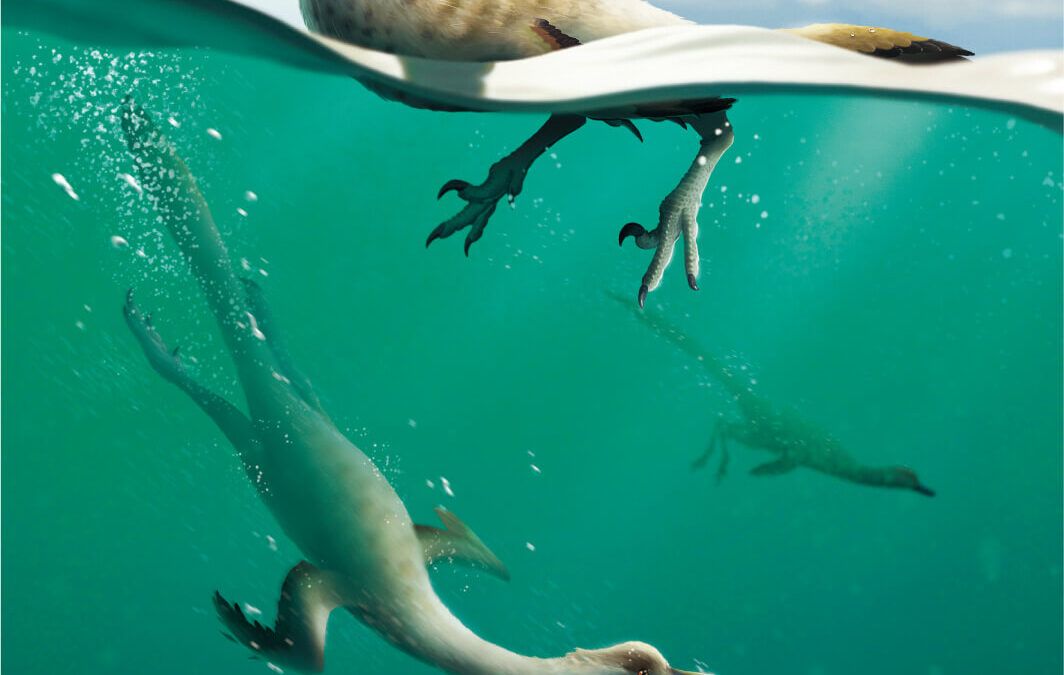
by artfty | Dec 4, 2022 | Paleontological Science
Science and Technology Daily reporter Zhang Mengran
An archaeological study published Tuesday in the journal Letters Biology describes a new species of dinosaur with a streamlined body shape similar to that of modern diving birds such as penguins and puffins. The discovery shows the first non-avian theropod dinosaur (that is, carnivorous dinosaurs that walked on two feet) with a streamlined body.
The Seoul National University team examined a sample of fossil remains to identify the new species, which has been named Natovenator polydontus, meaning ‘swimming hunter with many teeth’. The sample is a mostly intact skeleton consisting of a skull, spine, and the remains of one forelimb and two hind limbs.
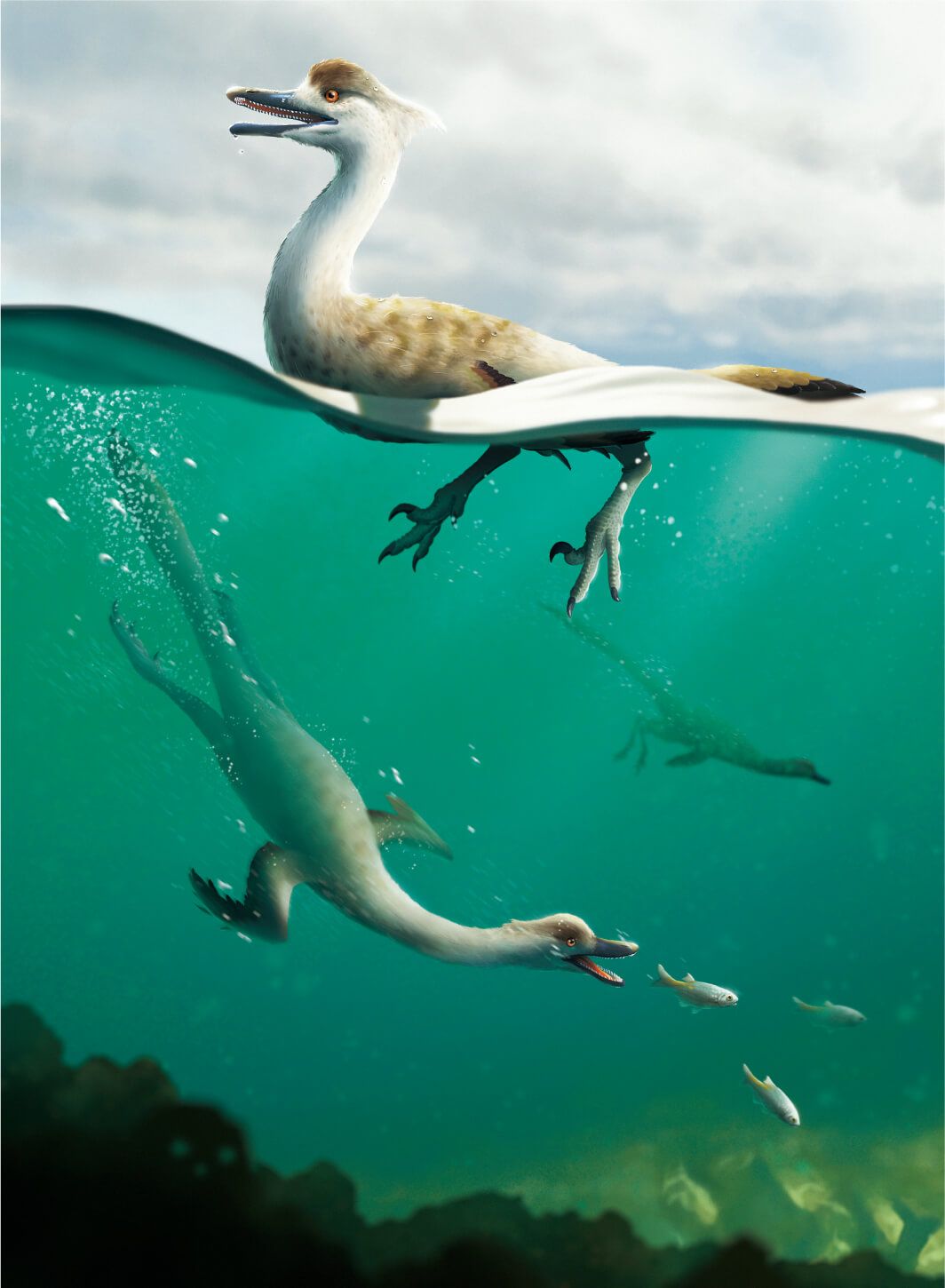
Reconstruction of a diving dinosaur. Photo: Communications Biology
The team reports several adaptations that suggest the “swimming hunter” dinosaurs may have been a semi-aquatic diving predator, including a streamlined body similar to that of modern diving birds (with ribs pointing toward the tail) and a long neck similar to that of modern water birds such as geese. These adaptations may have reduced the resistance the swimhunter encountered in the water, helping it to catch its prey.
The researchers also theorize that the swimhunter had an unusually large number of teeth for its jaw size, perhaps indicating a diet based on fish or insects, but further evidence (such as fossilized remains of stomach contents) is needed to confirm this. Analysis of the evolutionary relationship between the new species and other theropod dinosaurs suggests that it is related to Hazcaraptor, a class of non-bird theropod dinosaurs, which previous research suggested may have adapted to a semi-aquatic lifestyle, similar to today’s waterfowl.
Together, these findings suggest that the “swimming hunter” dragon was a semi-aquatic diving predator, providing more insight into the evolution of theropods.
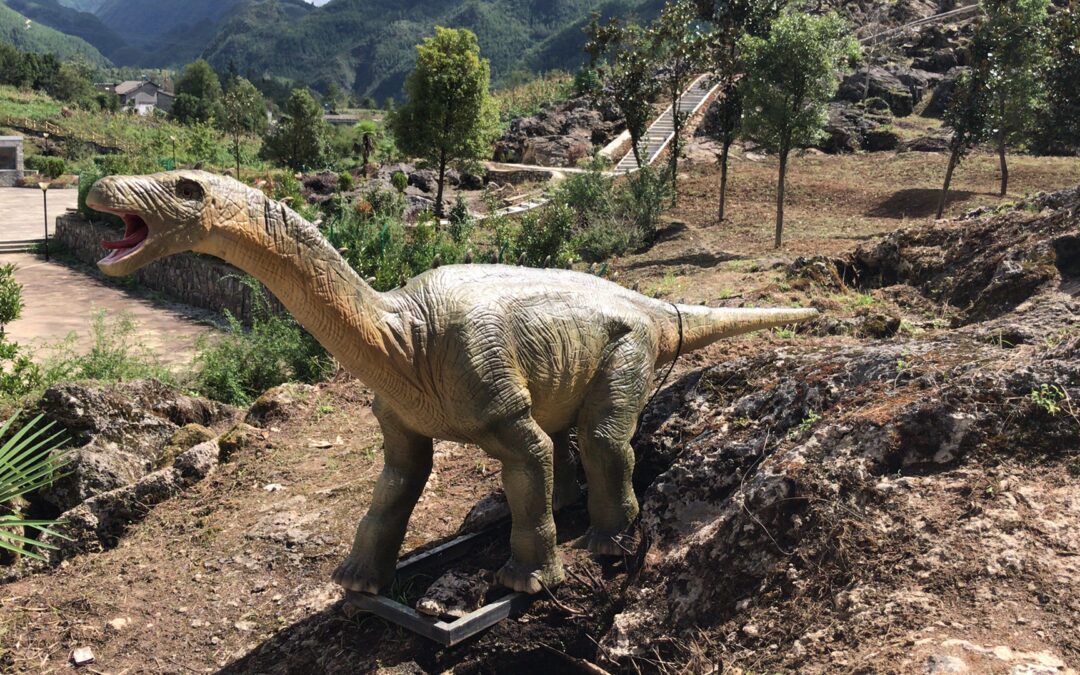
by artfty | Dec 1, 2022 | Paleontological Science
Chinanews.com Beijing, November 30 (Reporter Sun Zifa) In a new evolution paper published in Nature Communications, a Springer Nature journal, researchers describe the partially preserved skulls of two lizard species from the late Jurassic period (about 145 million years ago) in North America. Both fossils belong to the squamous crowns (the group that contains living lizards), providing new insights into the relationships of groups within this clade.
Fossils of early squamous evolution are limited and often poorly preserved, with the oldest uncrushed bone material available dating from the Cretaceous period (145.5 million to 65 million years ago), the paper said. There are a number of possible snakes, geckos, skink and other fossils from the Jurassic Period (about 200-145.5 million years ago), and their varying state of preservation means that their relationship to more recent fossils is unclear. Overall, the condition of the fossils makes the radiation and diversity of this group very unclear, limiting assumptions about the geographical distribution of the squamous group.
Lead author and corresponding author Chase Brownstein of Yale University and colleagues analyzed the anatomy of two newly discovered lizard fossils, Eoscincus ornatus and Microteras borealis, from the late Jurassic of North America. The results show that the fossils belong to a group that also includes skink, ring-tailed lizard, night lizard, naked eye lizard, whiptail lizard, wall lizard and vermicomonas.
They point out that the fossils in this study possess ancestral features not seen in more recent samples of this group, highlighting differences between evolutionary trees of squamous species based on morphological and genetic data. At the same time, combined with the evolution and expansion of dinosaurs, mammals and turtles, the expansion of the Atlantic Ocean is related to the ecological geography of terrestrial vertebrates.
The authors of the paper say their work supports an understanding of events that led to morphological innovation in reptiles and how early scaly species evolved into today’s lizards. (End)

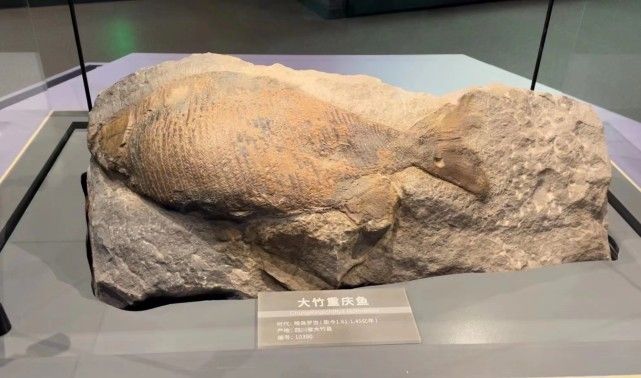
by artfty | Nov 22, 2022 | Paleontological Science
Chengdu Museum of Natural History (Chengdu University of Technology Museum) has a collection of nearly 30,000 pieces (groups), with the main collection directions of highlighting the earth sciences in Sichuan, paleontological fossils in Sichuan-Chongqing area, and biodiversity in Sichuan. The basic exhibition will take “Understanding the Earth Home, exploring the mystery of nature” as the general theme, “Earth treasure — environment and resources”, “ Dinosaur story — Origin and evolution”, “Life home — Conflict and harmony” as the unit display main line, with all kinds of natural specimens as the core support, combined with modern scientific and technological means. Topics such as geological processes and mineral resources, natural disasters and disaster prevention and reduction, origin and evolution of life and biodiversity will be revealed, and a content system with distinct themes, clear levels and prominent features will be constructed.

The permanent exhibition hall of the museum is the Department of Geology and Environment, the Department of Mineral Resources, the Department of Dinosaur Exploration, the Department of Dragon Travel in Sichuan and Chongqing, the Department of Life Exploration, and the Hall of Colorful Life. The exhibits on display include the Mamenxi dragon fossil of Hexuan, the Chongqing fish fossil of Dazhu, the iron meteorite of Longchang, the golden monkey of Sichuan, snow leopard, takin and so on. There are 2 temporary exhibition halls, which can plan and hold temporary exhibitions and special exhibition activities with different themes according to the collection resources and cultural characteristics.
Department of Geology and Environment
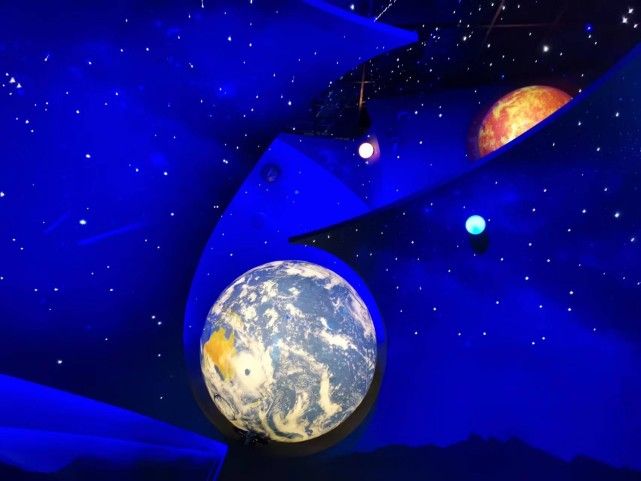
Through the AR digital telescope in front of the sand table, visitors can see a digital intelligence model of Chengdu plain which is superimposed by real sand table and virtual reality. The information of Chengdu’s “water system”, “mountain system”, “species” and “minerals” corresponding to the layout of the sand table can be presented one by one on the physical sand table.
“ Dinosaur Hall”
Through digital touch display technology, visitors can “revive” the Mamenxi dragon of Hechuan hundreds of millions of years ago. They can also touch control the breathing of the dinosaur and observe the operation of its organs for interactive experience of virtual feeding.
“Longxing Sichuan-Chongqing Office”
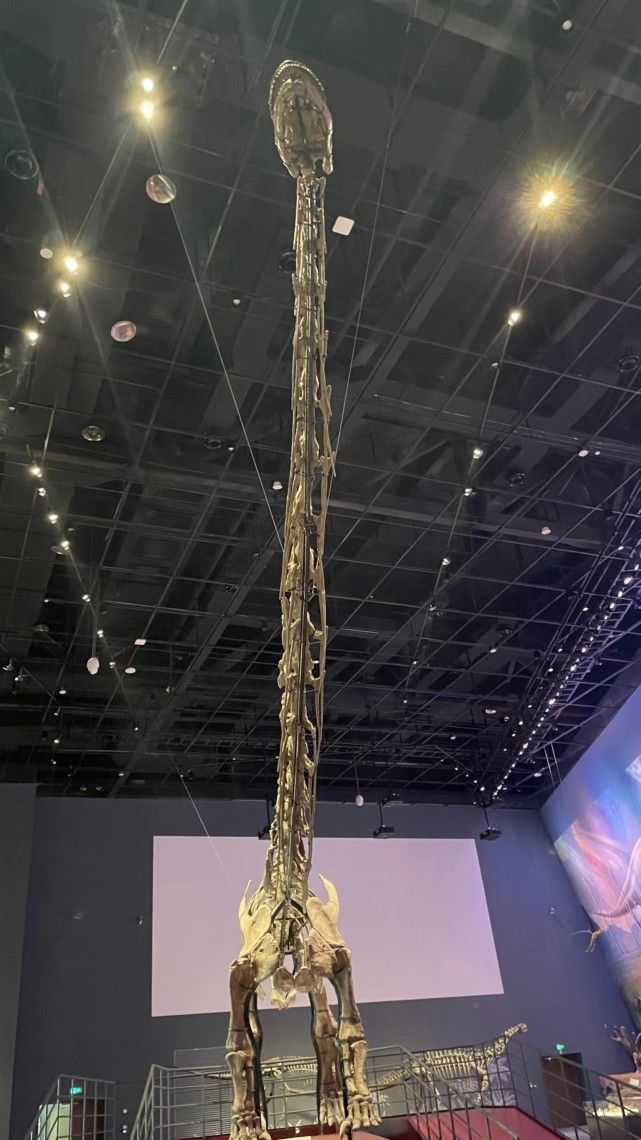
The fossil that attracts the most attention is the largest dinosaur fossil in Asia, the 22-meter-long and 4-meter-high Mamenxi dragon fossil in Hechuan, which is placed in the C position.
Department of Mineral Resources
Inside the tangible color of different ores, minerals, especially all kinds of jade stone, shining in the light of the mysterious luster. For those who like rare mineral gems, you can not only enjoy the elegance of various gems, but also have a hands-on experience. The exhibition hall has an experience desk, where visitors can hold various ores in their hands and carefully observe them. They can also scratch and rub on the porcelain plate to observe the color of mineral powder, so as to identify the finish color and hardness of minerals.
“Source of Life Exhibition Hall”
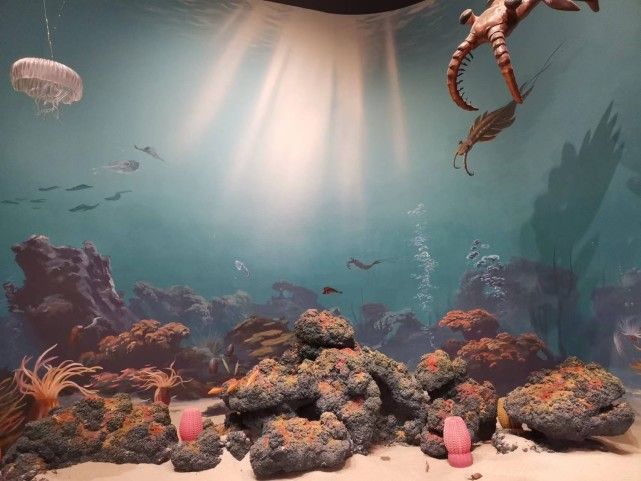
With “the surprise of finding life” as the main story line, it tells the origin of life on Earth and the history from the birth of life to the emergence of mammals, reproducing the ancient stories in the long river of life.
“Colorful Life Exhibition Hall”
Centering on the theme of “biodiversity”, the research results of natural specimens and their preservation environment are used to construct a natural exhibition with distinct themes, rich connotations, scientific, informative, ornamental and interesting.
Chengdu Daily Jinguan News reporter Wang Jia Photo Wang Jia responsible editor He Qitie Intern editor Lu Yarui


















